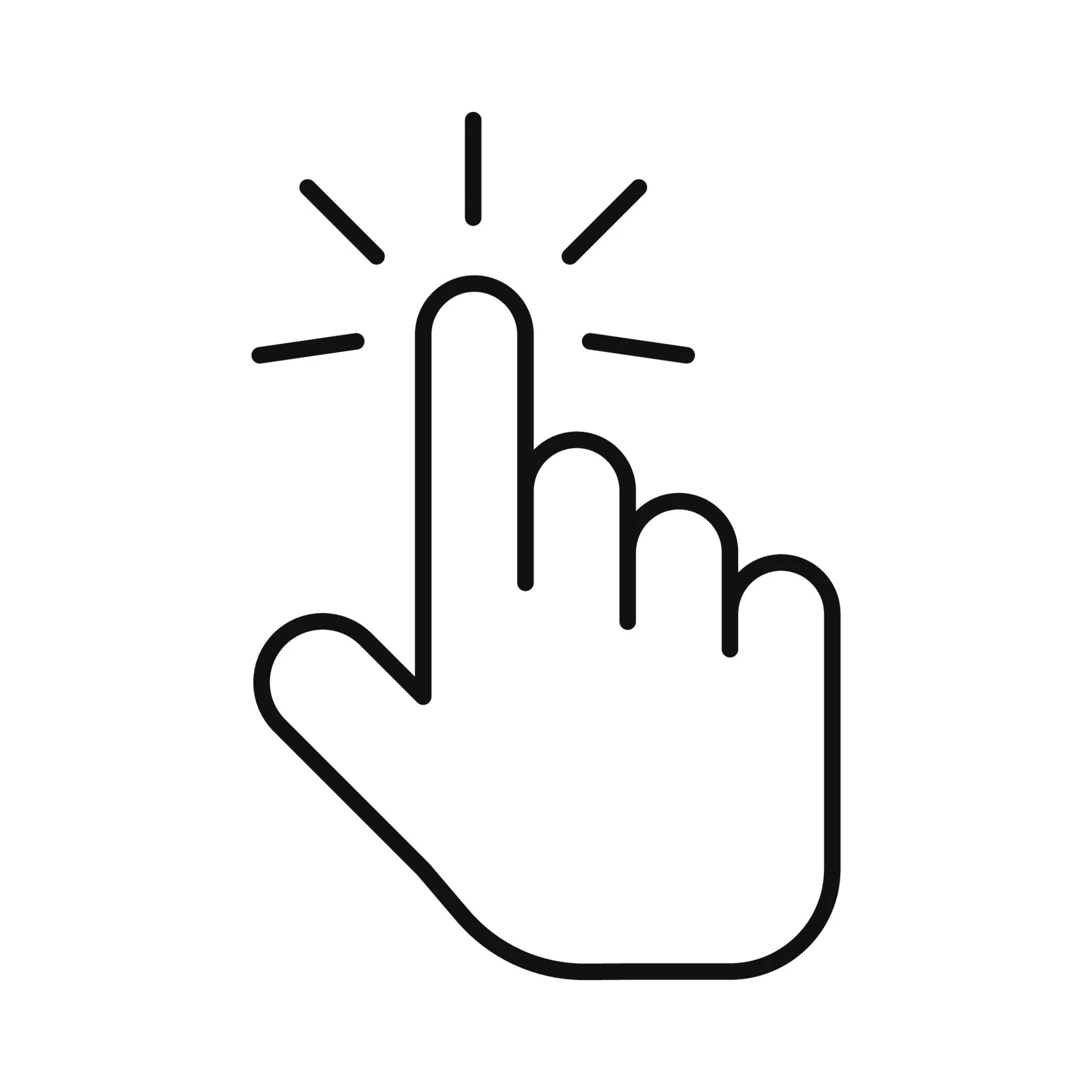The Long Game
Modern life is as simple as pressing a button. (Image from Vecteezy)
We are a society of conveniences. More so than ever before, we can get things with minimal effort, immediately—online shopping, food delivery, online banking, smart thermostats, smartphones, smartwatches, ask Alexa or Siri or Gemini or AI anything and get an immediate answer.
While this sure is nice and I use it myself from time to time, it doesn’t come without a price.
The body is designed to move constantly. Sitting around and operating all the aspects of our lives by a push of a button or vocal command means we are incredibly stationary. And to get yourself moving requires massive amounts of motivation and mental energy. Before, we had to move to exist. Now, we might maybe move if we feel like it.
Sit more now, pay later? (Image from Vecteezy)
Maybe those conveniences aren’t really that convenient. Maybe they’re kicking the can down the road. Maybe we’ll actually pay for that ease and efficiency later by having less ease and effectiveness in our bodies and minds.
Have you ever considered how you’re organizing your life? When do you choose the short game? When do you decide the long game is worth it?
The short game: order groceries online. The long game: go to a farmer’s market and select the best offerings yourself.
The short game: order delivery for dinner. The long game: cook a meal from scratch.
The short game: drive to your destination. The long game: walk or bike.
The short game: take a painkiller or cortisone shot for that back pain. The long game: figure out the root cause of your pain and work to strengthen and stretch your tissues while improving your alignment.
The short game: orthotics with arch support. The long game: strengthening the muscles of your feet so your arches support you naturally.
The short game: pop a pill when you can’t sleep. The long game: figuring out why you can’t sleep in the first place and taking the steps to actually get quality sleep.
The short game: scrolling through twitter, instagram, facebook, or tik tok expecting entertainment with your education. The long game: reading a book and focusing for long periods of time. (The medium game: reading a blog post or article like this one, which can actually evolve ideas more thoroughly than can be done on social media platforms.)
The short game: Botox or other neurotoxin injections. The long game: face exercise and massage along with a healthy dose of adjusting expectations and rejecting unrealistic beauty standards.
The short game: Ozempic injections. The long game: changing lifestyle and environmental factors that contribute to metabolic disease and weight gain.
The short game: pop a supplement when your labs show you’re deficient in vitamin D (actually hormone D). The long game: develop a solar callus (teaching your skin how to tolerate sunlight) and learn the amount of time you need to spend in UVB light to make D yourself naturally without burning.
The short game: spray pesticides on your lawn. The long game: manually weed and accept that a pretty lawn doesn’t have to be 100% weed free.
I’m taking the long game with facial skin care. Instead of neurotoxin injections, I’m opting for face exercise, massage, lymphatic stimulation and Gua Sha (a program I developed in 2020 called Face Pilates). While I’m not wrinkle free, I do believe that regular exercise and lymphatic stimulation are better for the health of my tissues than toxin injections.
Now, I’m not saying the long game is always the way to go. I recently visited Amsterdam, whose miles of canals were initially dug by hand and whose houses needed dozens of men to hammer 40+ trunks of long trees into the bedrock without machinery to build a single house. No one thinks doing that by hand is a good idea when we have machines that can do it for us now.
I’m not saying the long game always delivers the best result. I’ve had headaches for over twenty years which I’ve decided against taking medication for and instead have worked on via other health supporting strategies—Pilates, Face Pilates, alignment, exercise, cranial sacral therapy, massage, acupuncture. I still have them. My very long game here has reduced their frequency but not eliminated them. Would I have been better off taking painkillers and avoiding all that suffering? Perhaps. But I do believe my body is trying to communicate something via them and I have yet to figure out, so I continue with the long game and am currently exploring the possibility of emotional and energetic factors.
Gardening seems like a lot of work, especially weeding, but it results in a load of benefits as well—exercise, time spent in nature, fresh air, sunlight, and potentially earthing if you’re barefoot. (Image from Vecteezy)
And I’m not proposing that the long game is always the right choice for every person. However, I do hope that we will pause and evaluate when presented with a choice and be more mindful about how we will choose to live our lives. When is the short game necessary? When is the long game superior? What am I giving up for convenience now and how will that affect me in the future?
Preventative medicine, preventative lifestyle choices, and Pilates are all the long game. I almost always find the long game to be an enjoyable journey that leaves me feeling accomplished, healthier and happier (yes, evening the weeding, which gives me exercise, earthing, natural light, time in nature, and a chance to reflect or almost meditate during the simple, repetitive task). Time will tell how this serves me in the long run, but I’m betting that the benefits of the long game will more often than not prove a wise investment.





